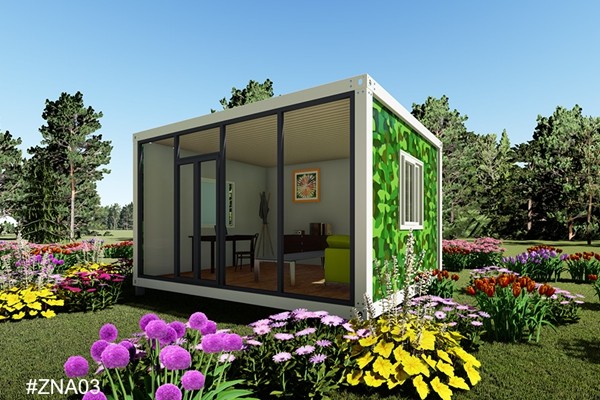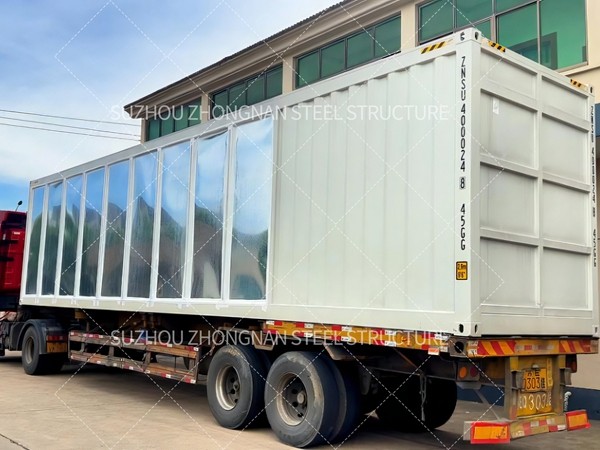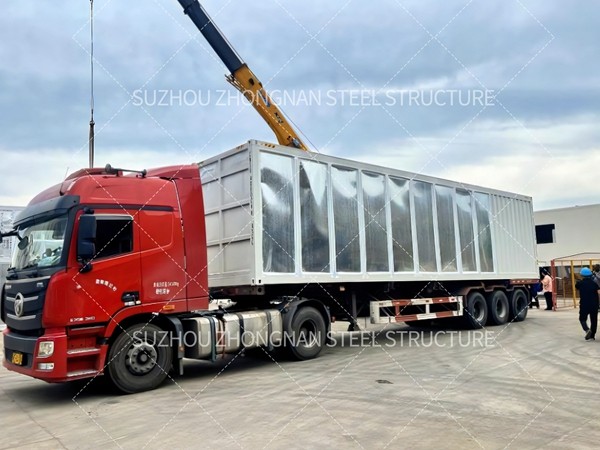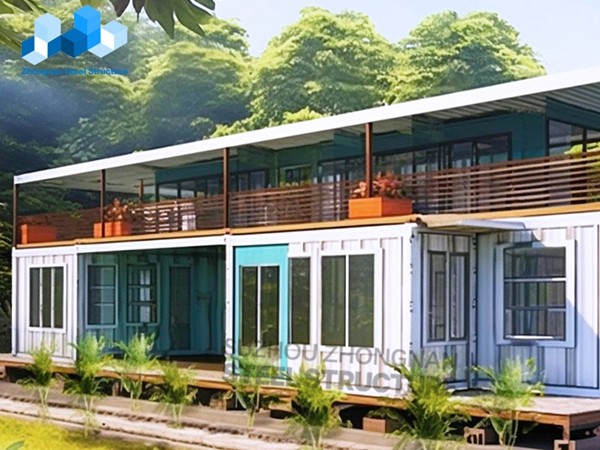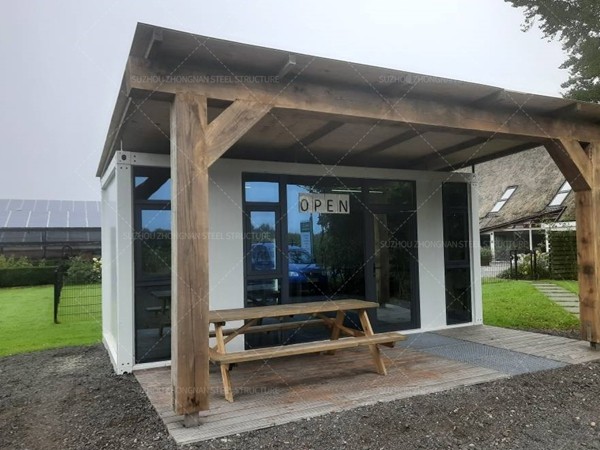cost of prefab homes
The cost of prefab homes has garnered significant attention as more individuals and families seek affordable, efficient, and sustainable housing solutions. Drawing from extensive expert analysis and real-world experiences, this article delves into the factors influencing the pricing of prefab homes, providing a comprehensive understanding that aids prospective buyers in making informed decisions.

Prefab homes, short for prefabricated homes, are residences built through advanced manufacturing techniques where the structure is constructed in sections or modules in a controlled factory environment. These modules are then transported to the home site for assembly, a process that can reduce construction time significantly compared to traditional on-site building methods.
Key Factors Influencing the Cost of Prefab Homes
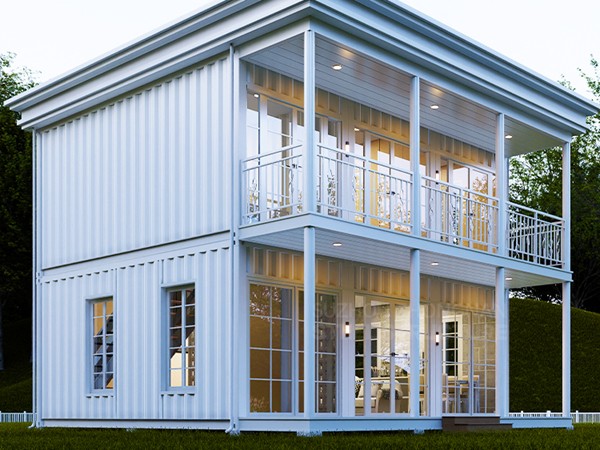
1. Design Complexity and Customization
The design and customization level of a prefab home greatly affects its price. Standard models with minimal customization offer significant savings due to the reduced time and labor involved in production. However, as homeowners seek unique designs or specific customizations, costs may rise, reflecting the need for specialized labor, unique materials, and additional production time.
2. Material Quality
Prefab homes can be constructed using a variety of materials, each with its own cost implications. Sustainable materials, while initially more costly, offer long-term savings through enhanced energy efficiency and reduced environmental impact. High-quality materials also contribute to the home's durability and longevity, offering better overall value.
3. Location and Transportation
The location of the construction site impacts transportation costs, which are a significant component of the overall price of prefab homes. Remote locations or sites with difficult access require more logistical planning and resource allocation, thus increasing costs. Proximity to manufacturing facilities often translates to lower transportation expenses.
4. Site Preparation and Foundation Work
Unlike traditional construction, prefab homes require less on-site work, but the site must still be properly prepared. This includes foundation installation, utility connections, and any necessary land grading. These costs vary widely based on site conditions, local regulations, and required permits.
5. Manufacturing and Labor Costs
The efficiency of the manufacturing process can affect the price. Well-established prefab companies with automated production lines often have lower costs, while newer or smaller manufacturers might have higher prices due to less efficient production methods. Additionally, labor costs vary by region and can influence the final cost.cost of prefab homes
A Real-World Perspective on Prefab Homes' Cost-Effectiveness
From a homeowner's perspective, prefab homes are appealing not just for their cost, but for the transparent pricing model they typically offer. Unlike traditional homes where unforeseen expenses often arise during construction, prefab homes generally provide a clear upfront cost. This predictability in pricing is a significant draw for budget-conscious consumers.
For instance, a case study of a family in the Midwest opting for a prefab home showed that they achieved a savings of approximately 15% compared to traditional construction. Not only did they benefit from lower costs, but the project also completed six months ahead of schedule, illustrating the time efficiency benefit.
Expert Insights on the Future Trends
Industry experts predict that the demand for prefab homes will continue to rise, driven by the increasing emphasis on sustainability and efficiency. Advances in technology and manufacturing are likely to further reduce costs, making prefab homes an even more attractive option. Moreover, as consumer awareness of environmental impacts grows, the appeal of prefab homes' minimal waste during construction will enhance their marketability.
Conclusion
The cost of prefab homes depends on various interrelated factors such as design, materials, location, and manufacturing efficiency. As the market for these homes expands, driven by both economic and environmental motivations, understanding these cost components becomes essential. For potential homeowners, embarking on the prefab journey armed with this knowledge can lead to not only financial savings but also a fulfilling home-building experience.


